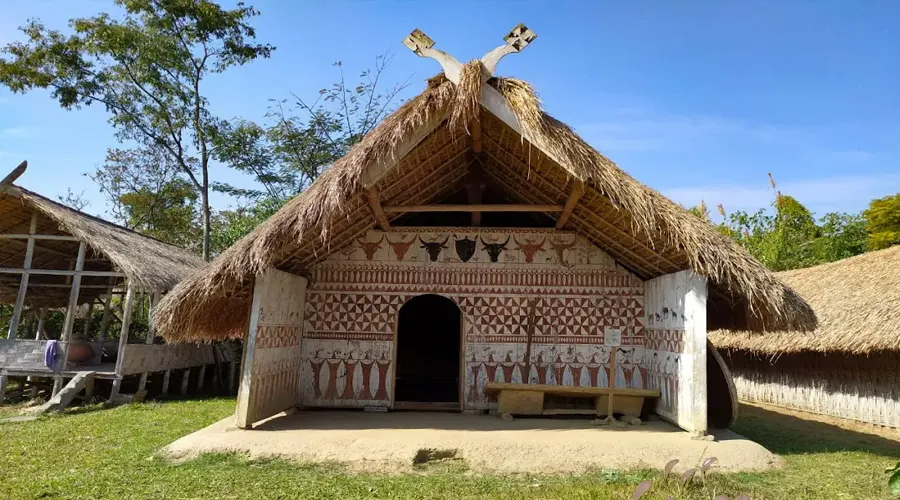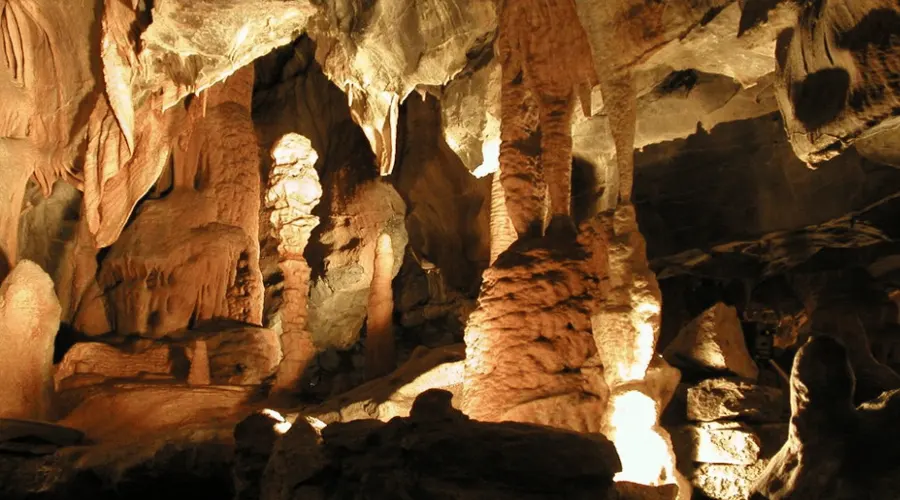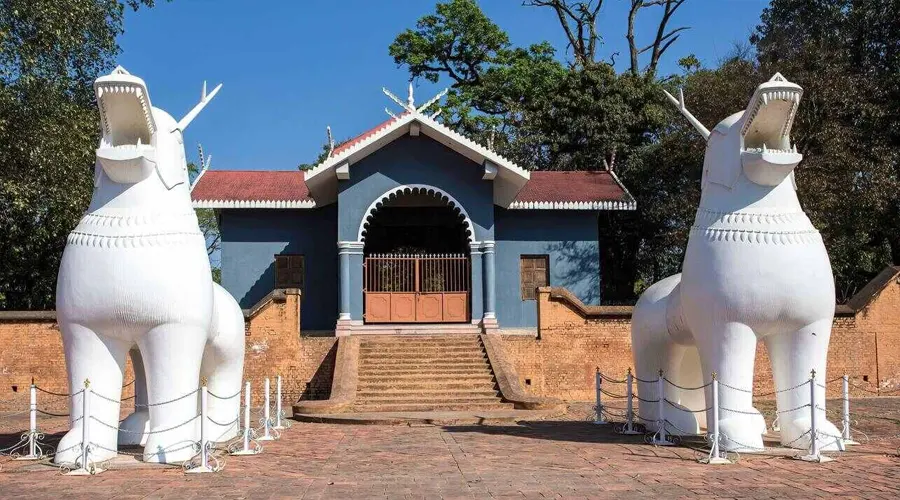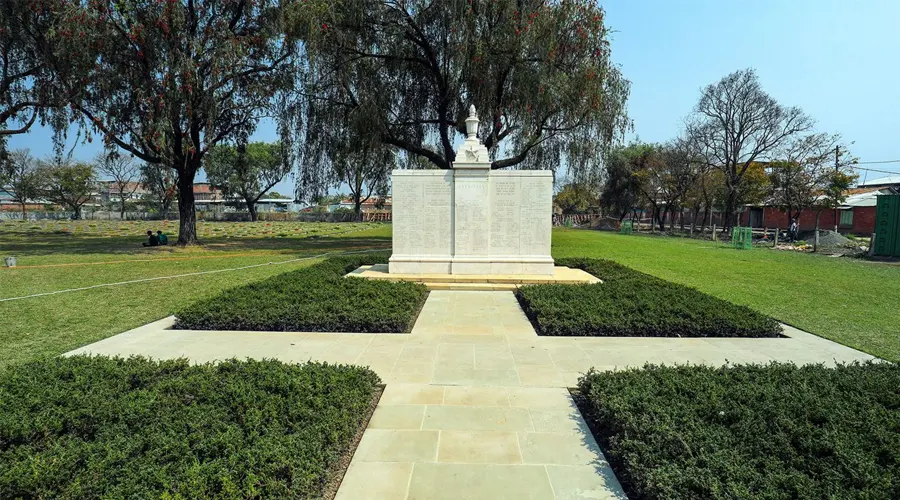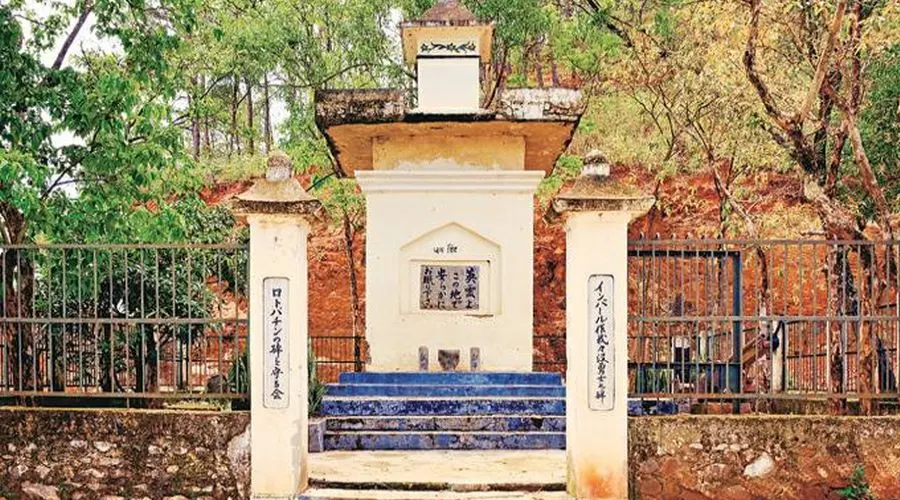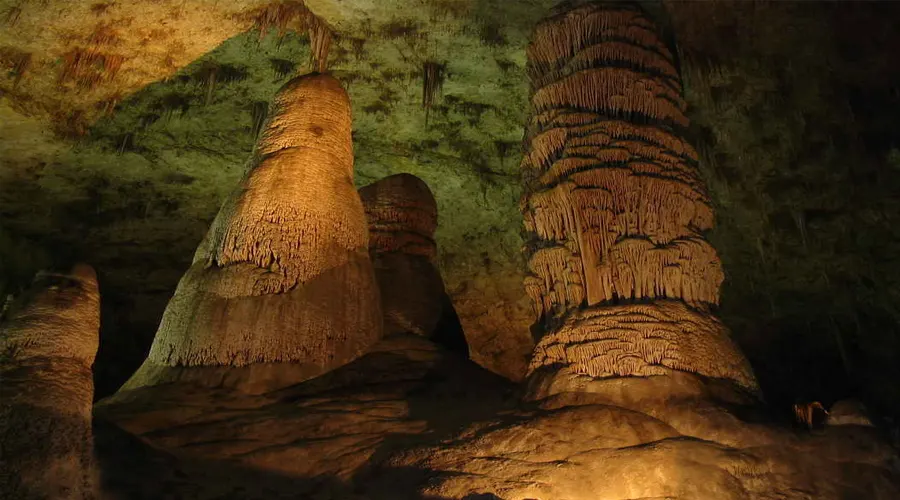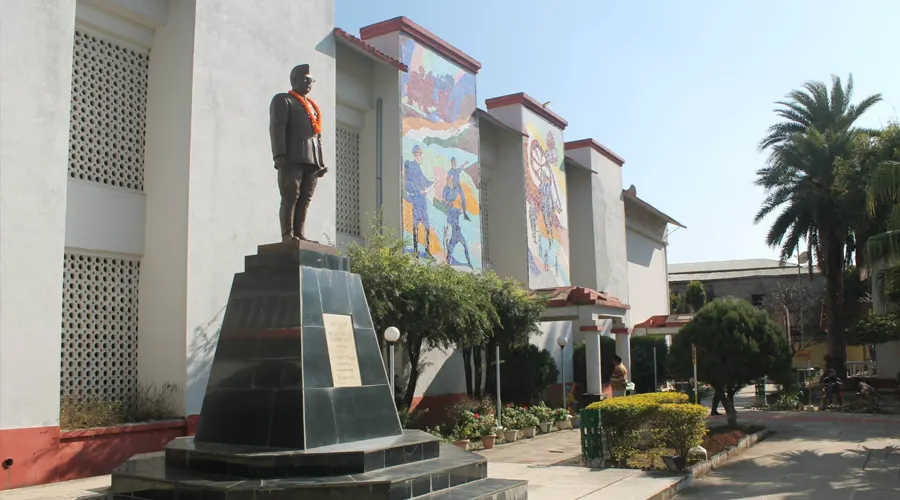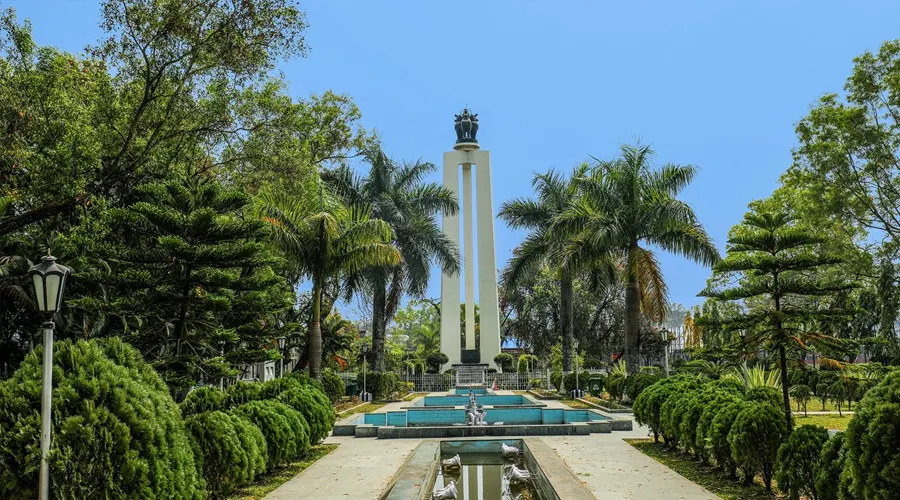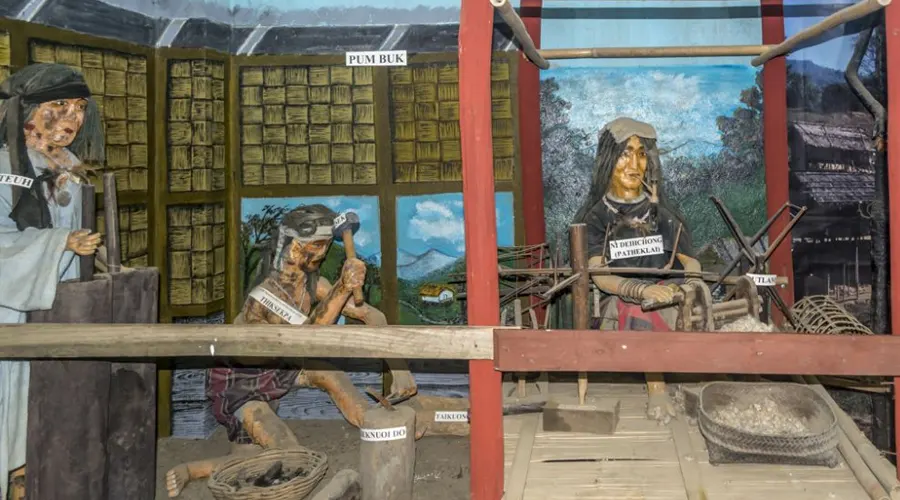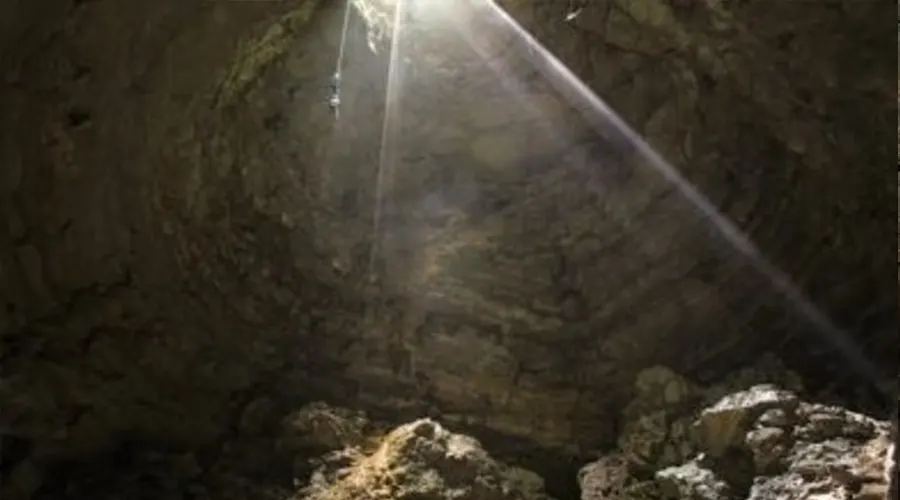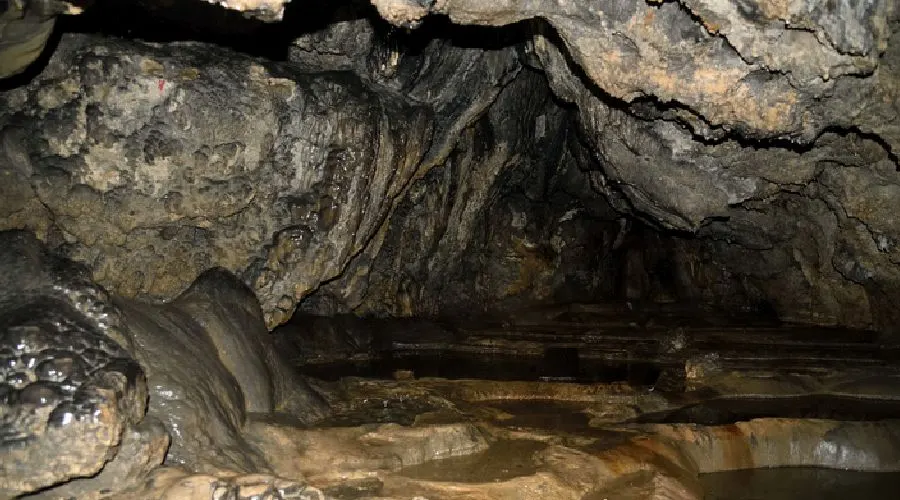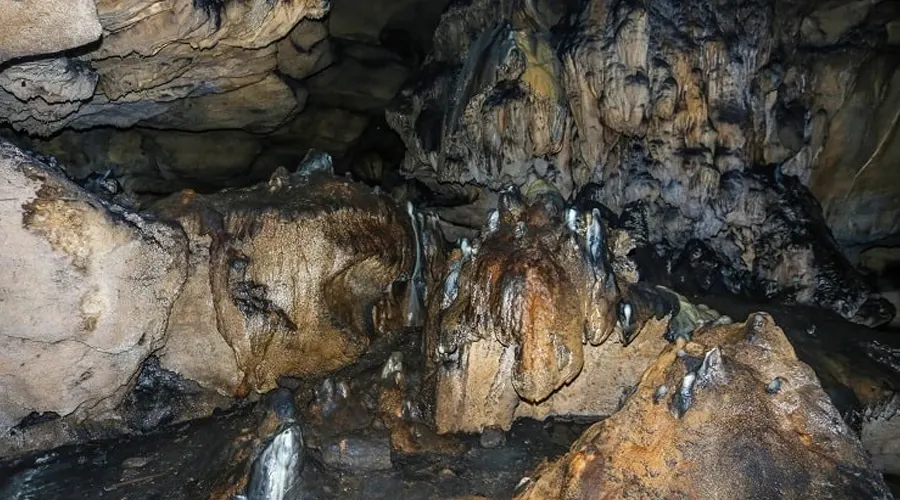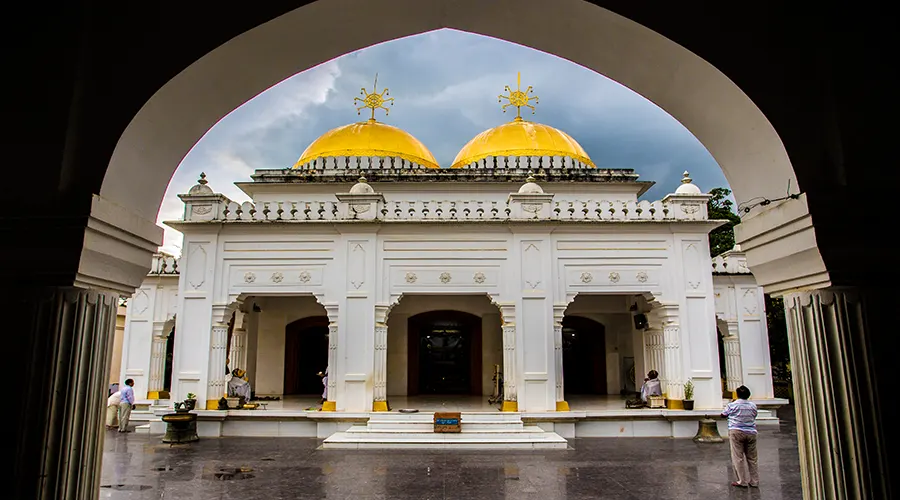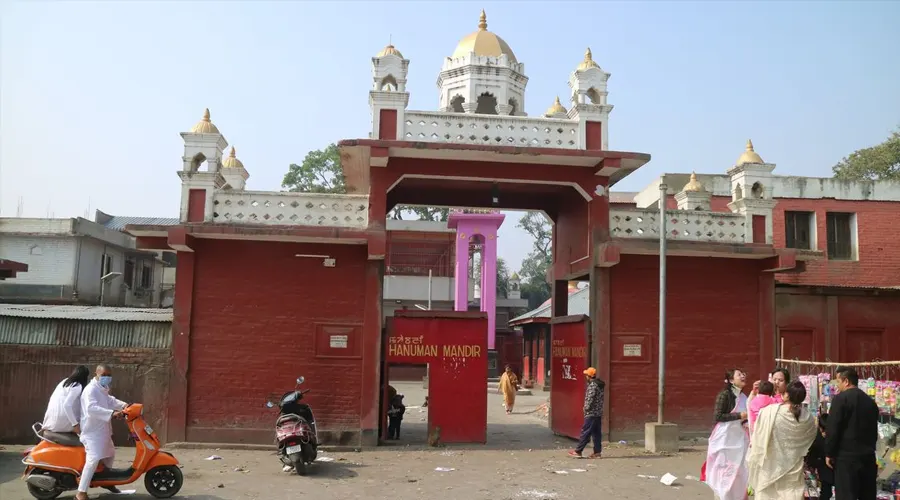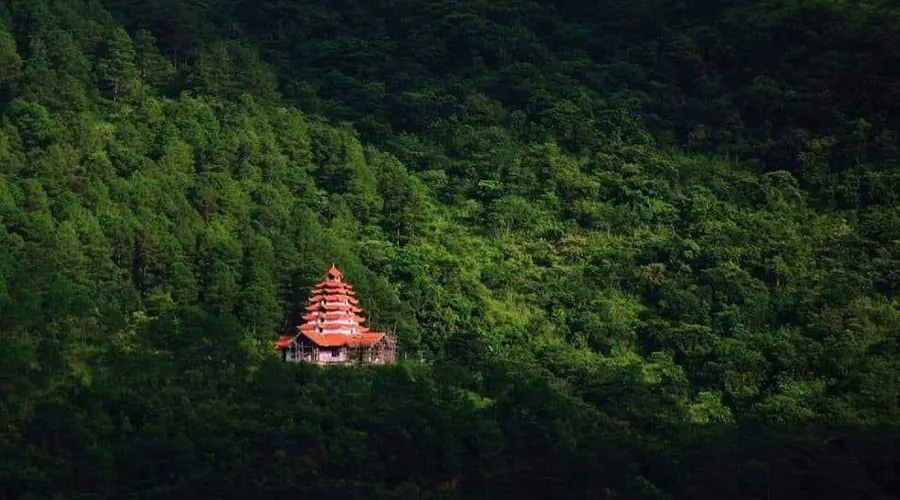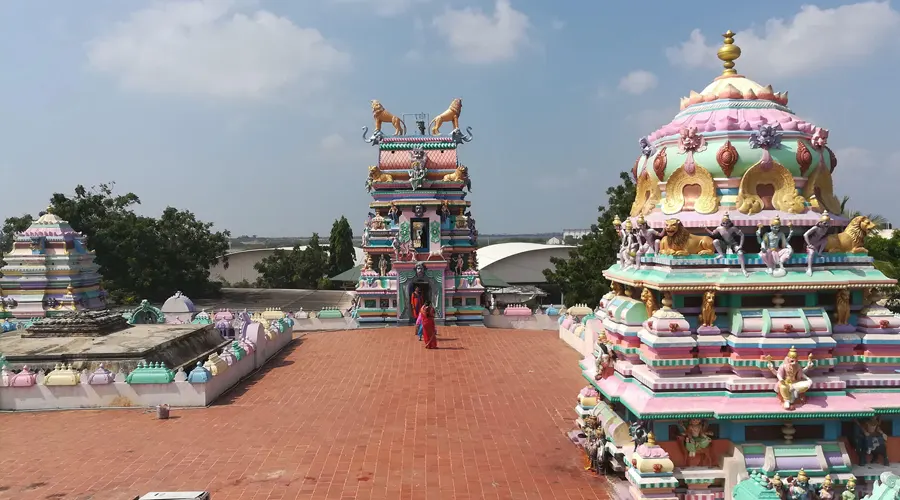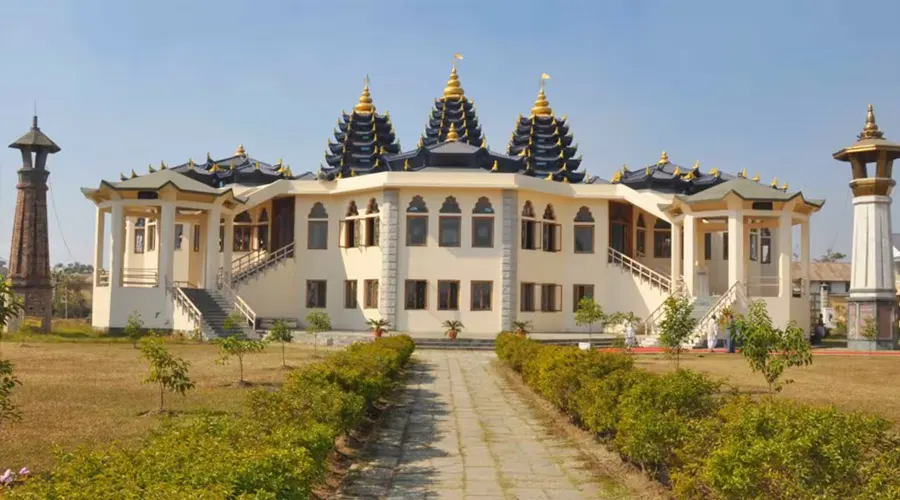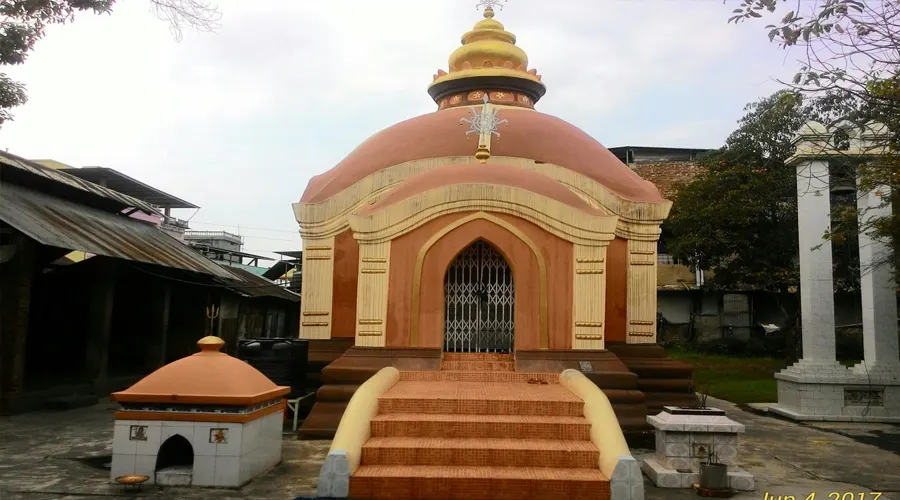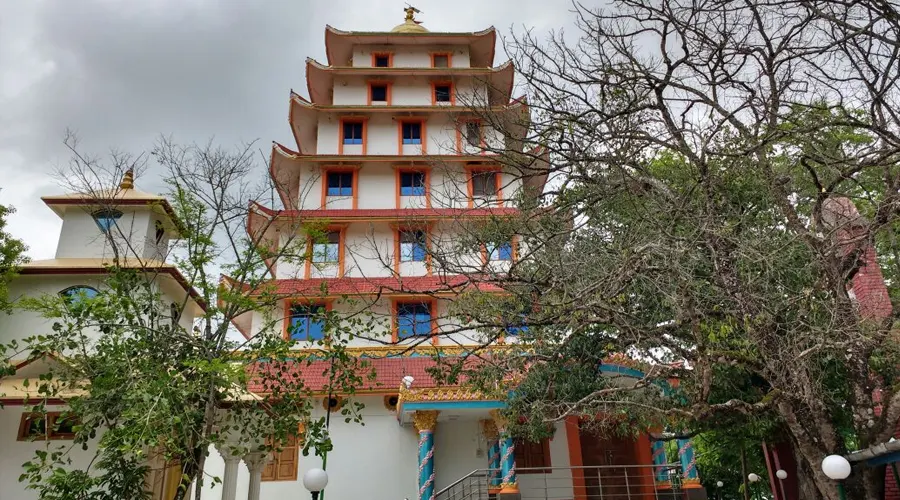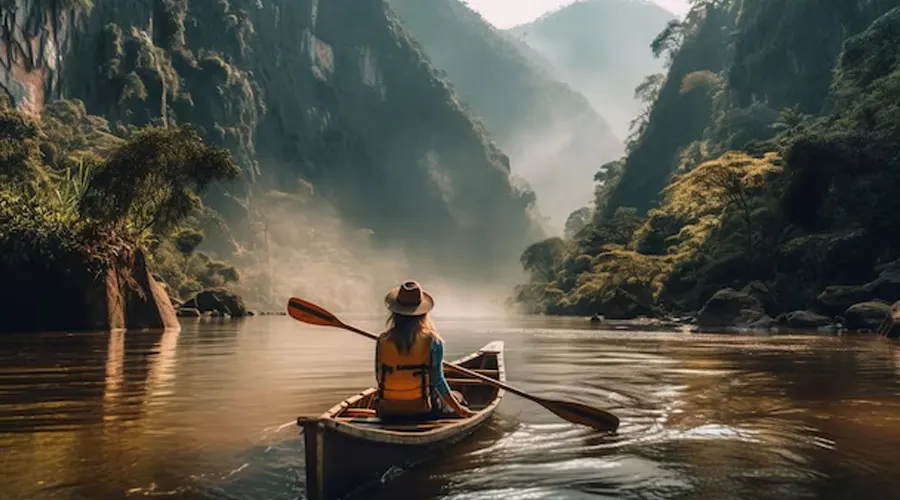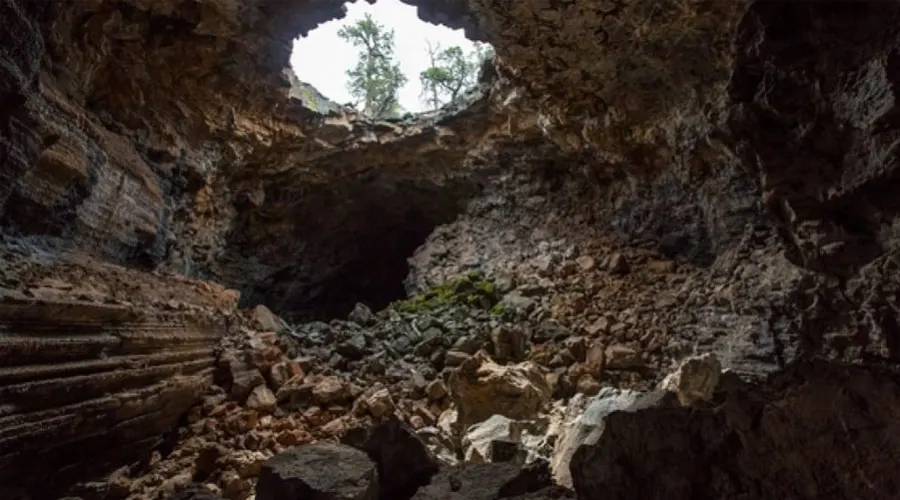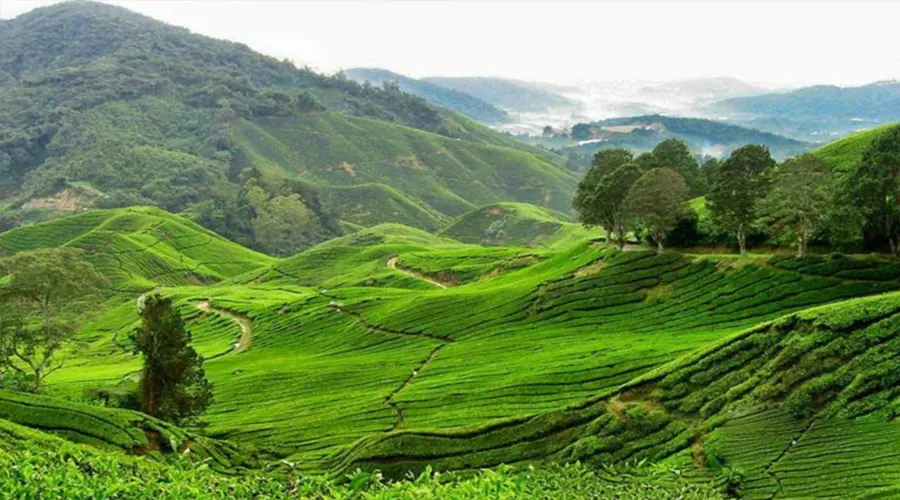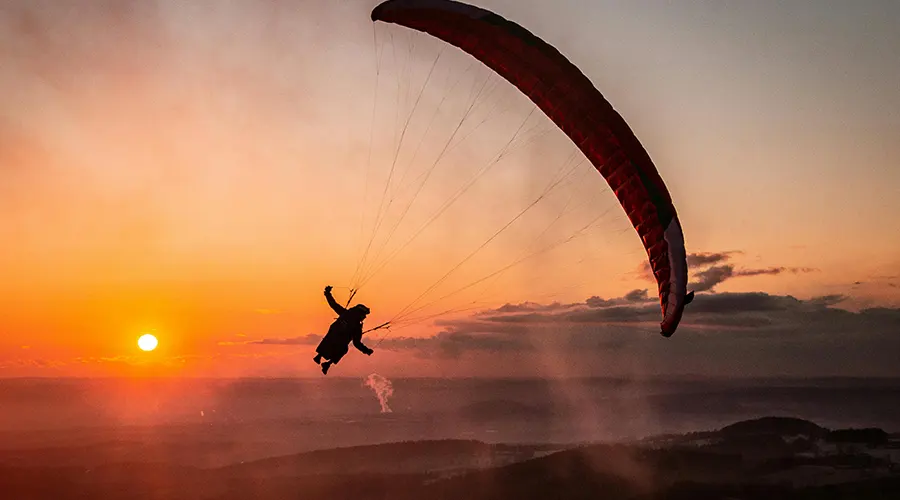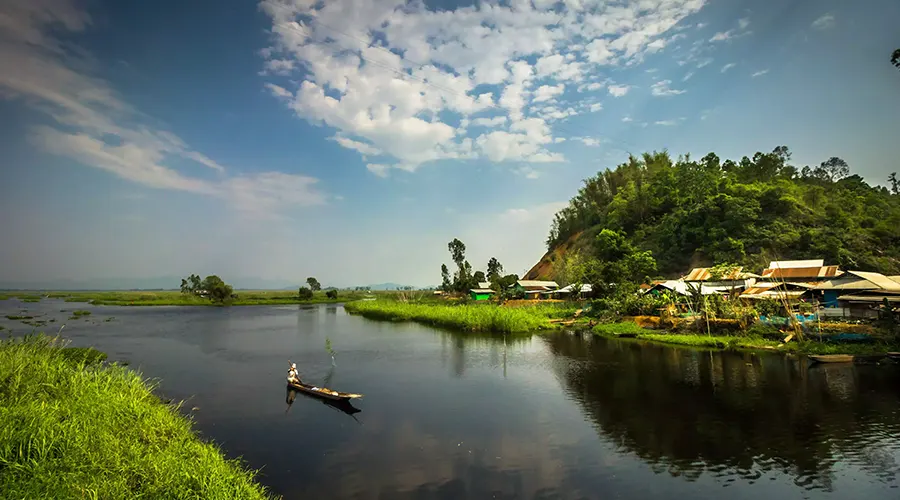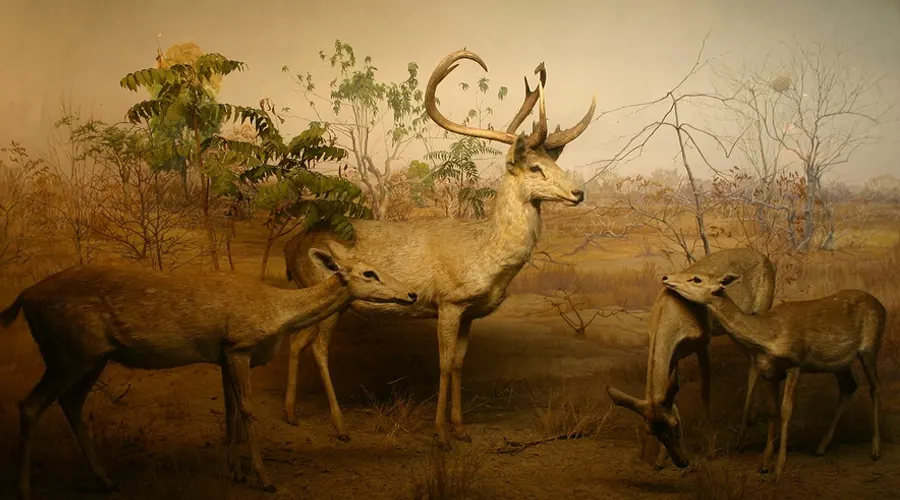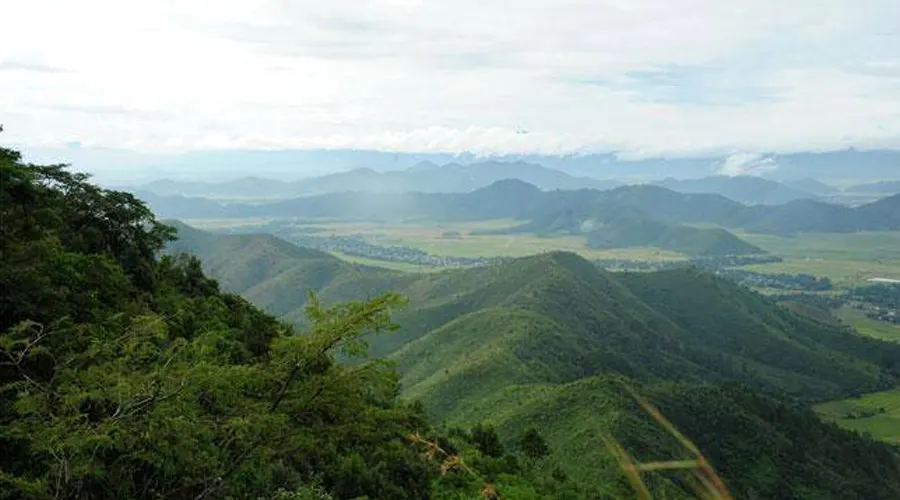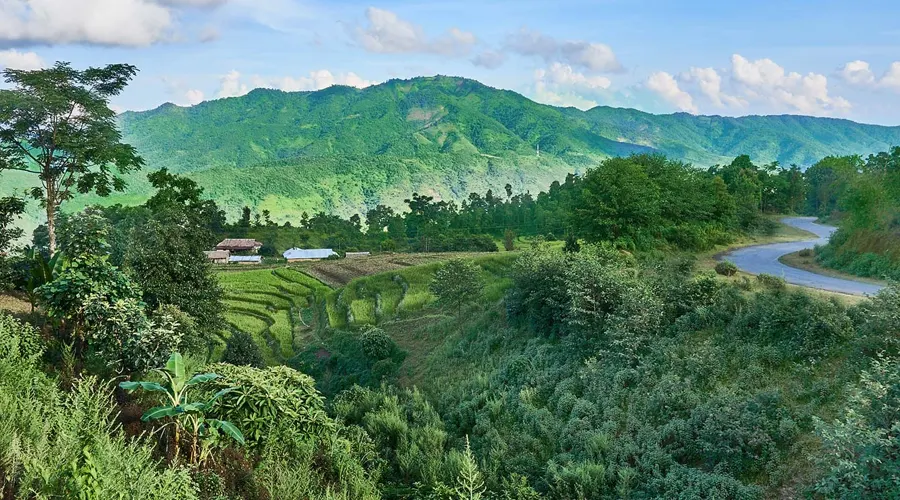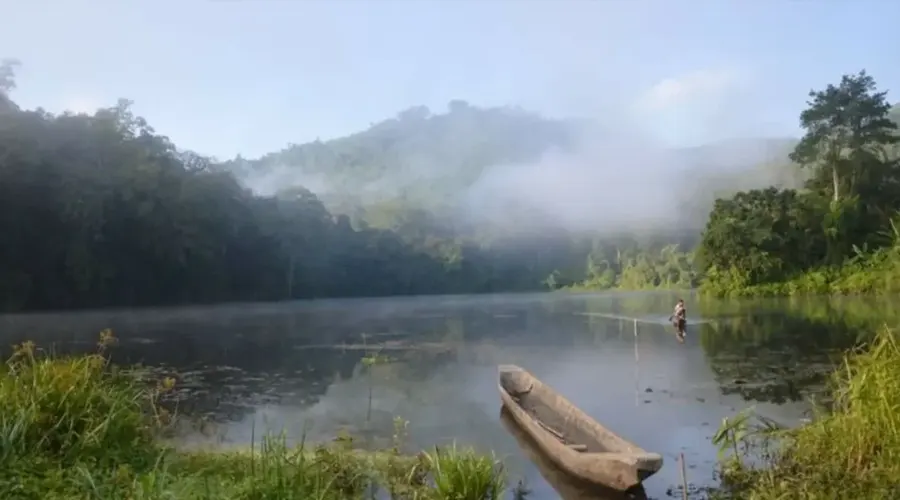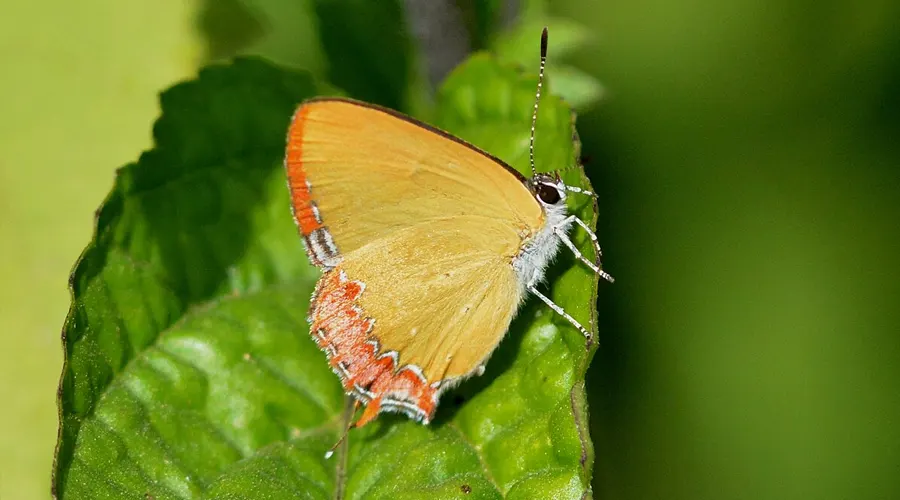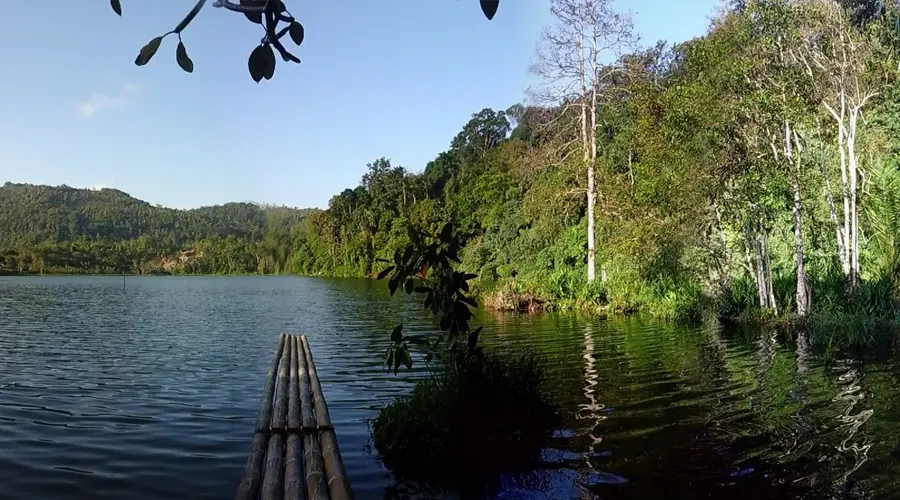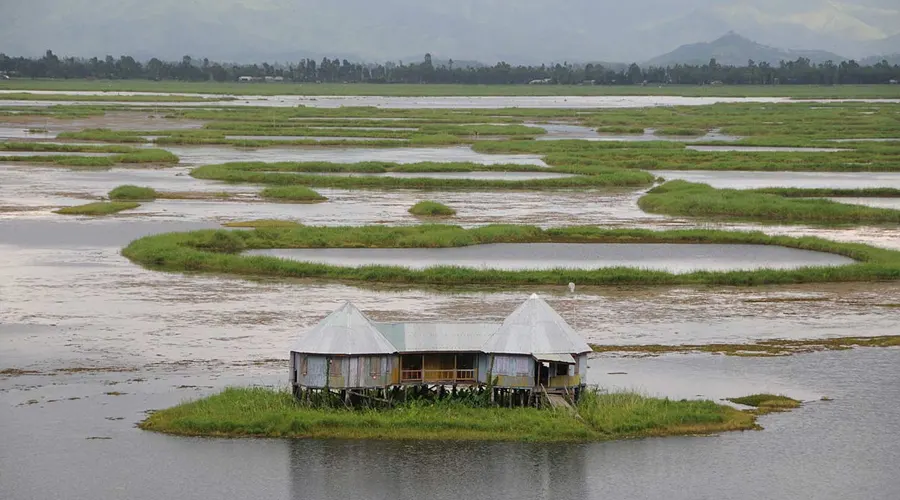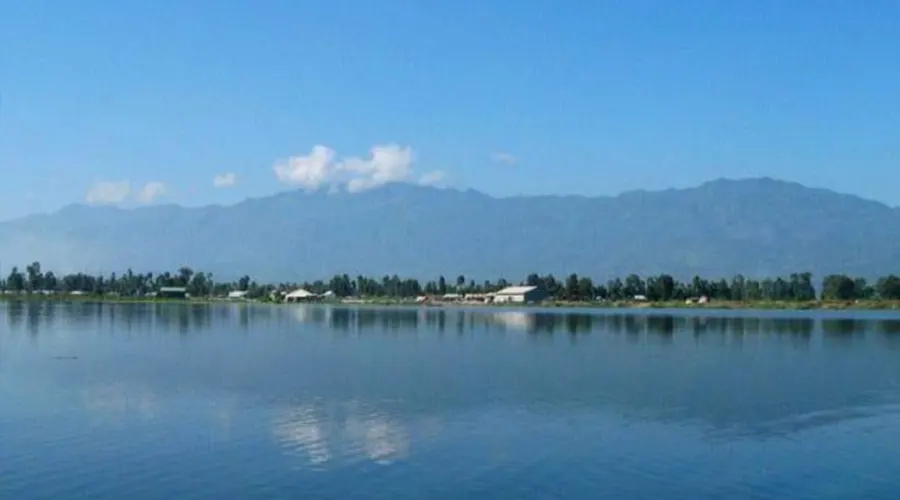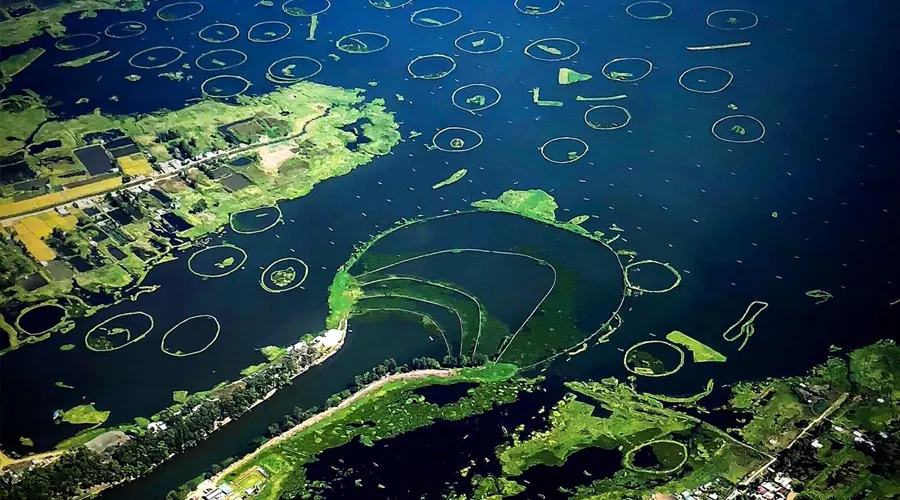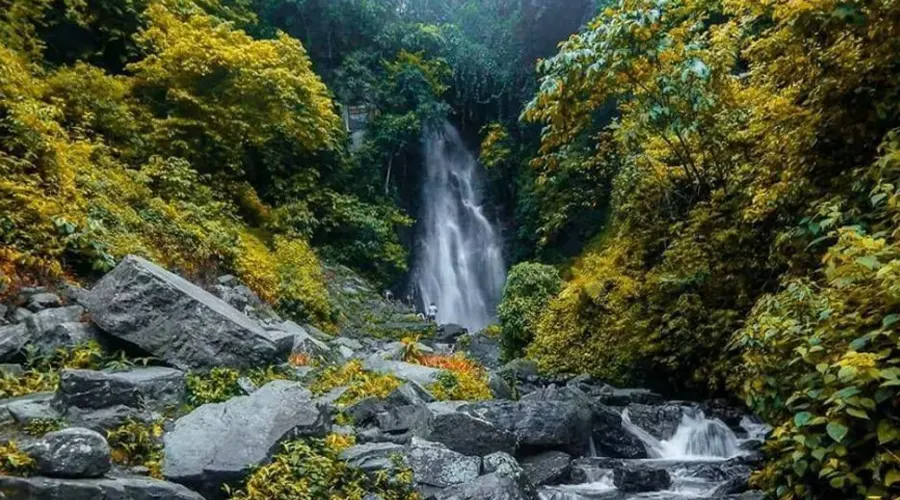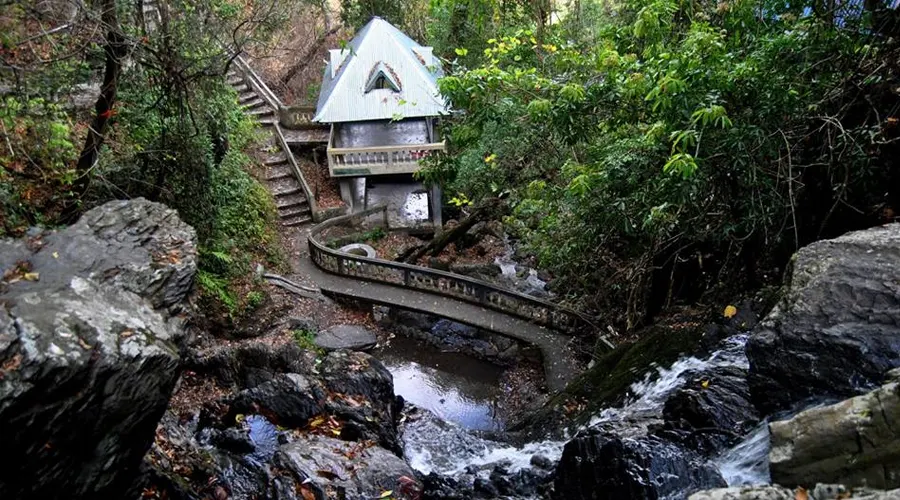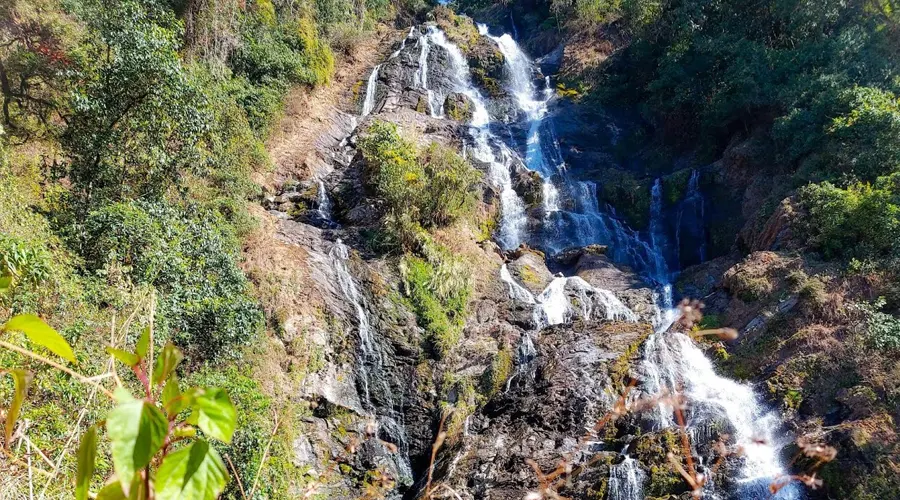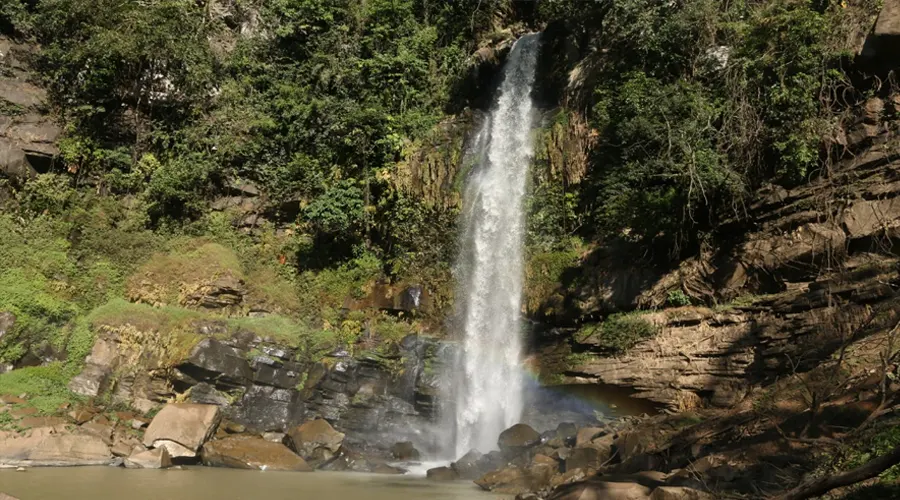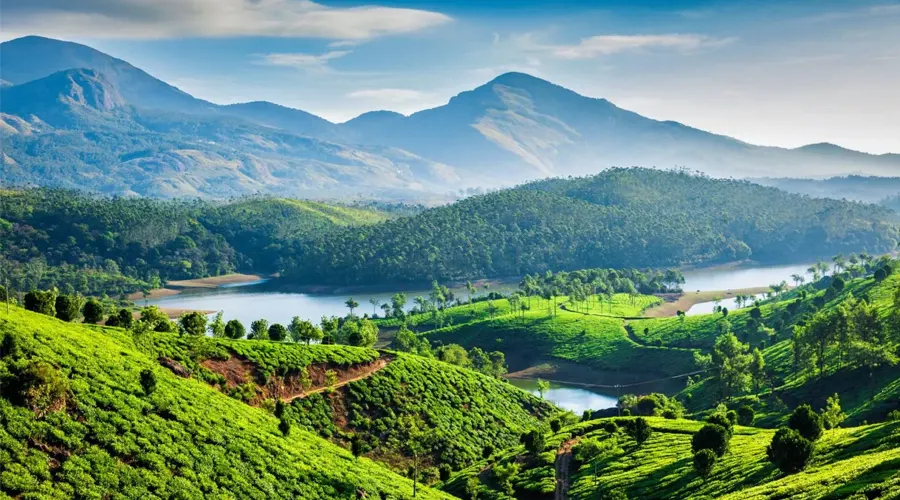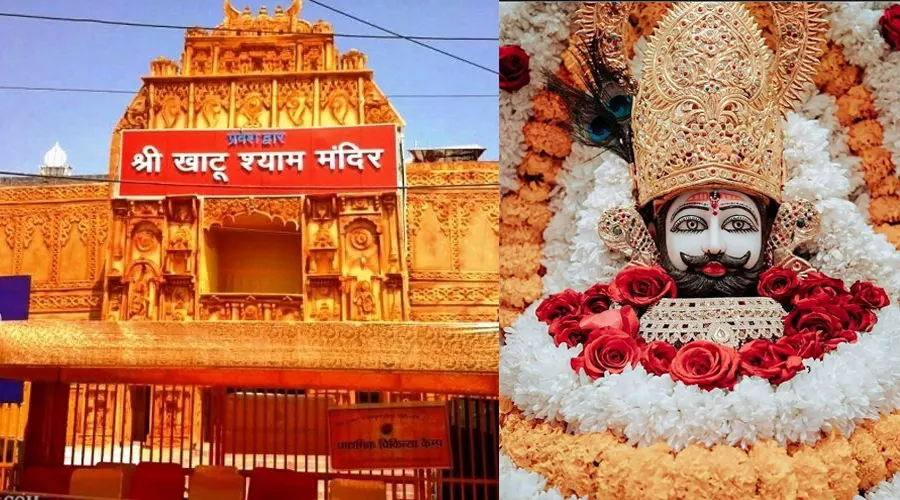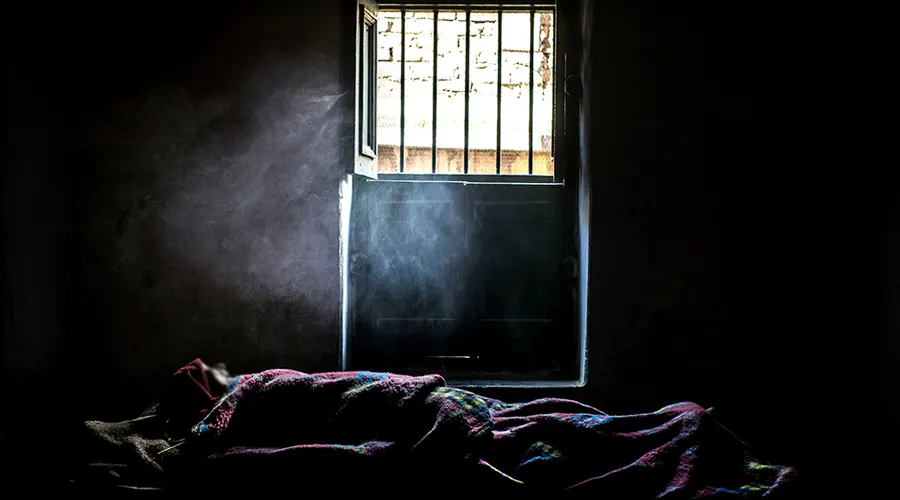Explore the Rich Culture and Natural Beauty of Manipur
Nestled in the lap of Northeast India, Manipur is a captivating state celebrated for its scenic beauty, rich cultural heritage, and tranquil charm. Bordered by Nagaland, Mizoram, Assam, and Myanmar, it acts as a cultural bridge between India and Southeast Asia. With lush green valleys, mist-covered hills, sparkling lakes, and a unique blend of tribal and Meitei traditions, Manipur is an offbeat gem that enchants every traveler.
Often referred to as the "Jewel of India", Manipur offers an immersive experience — whether it’s exploring Loktak Lake, the largest freshwater lake in Northeast India known for its phumdis (floating islands), or witnessing the grace of Ras Leela, a classical Manipuri dance that reflects deep spiritual devotion. The state's beauty lies not just in its landscapes, but also in its people — known for their resilience, artistry, and warm hospitality.
From the historical ruins of Kangla Fort in Imphal to the vibrant tribal festivals of the hills, every part of Manipur tells a story. The state is also a haven for adventure seekers and nature lovers, offering trekking trails, forested hills, and biodiverse wildlife sanctuaries. Its traditional handlooms and handicrafts — particularly the Phanek and Paat fabrics — are a testament to its skilled artisans.
Whether you're drawn by its serene natural surroundings, cultural vibrance, or spiritual depth, Manipur promises a soulful journey into one of India's most beautiful yet underexplored regions.
History of Manipur: A Journey Through Time
Manipur, with its rich cultural heritage, was once a princely state ruled by the Meitei kings. Its history dates back over 2,000 years, with influences from both India and Southeast Asia. Known for its strategic location, it played a significant role in the spread of Buddhism and Hinduism. Manipur was annexed by the British in the 19th century and became part of India in 1949. Today, it is a vibrant state known for its martial traditions, classical dance, and unique cultural identity.
Culture and Heritage of Manipur: A Glimpse into Tradition
Top Tourist Attractions in Manipur: Must-Visit Destinations
- Loktak Lake – Renowned as India’s only floating lake, Loktak is famous for its circular phumdis (floating vegetation) and houses the unique Keibul Lamjao National Park, the only floating national park in the world.
- Imphal – The capital city, featuring the Kangla Fort and bustling Ima Keithel (all-women’s market).
- Moreh – A border town offering a unique Indo-Myanmar shopping and cultural experience.
- Ukhrul – Known for its rolling hills, waterfalls, and the rare Shirui Lily.
- Andro Village – A cultural village preserving age-old tribal traditions and pottery art.
- Thoubal – A serene town with lush greenery and scenic hiking trails.
Cuisine of Manipur: A Taste of Traditional Delights
- Manipuri food is light, aromatic, and usually prepared with fresh herbs and minimal oil. Popular dishes include:
- Eromba – A fiery blend of boiled vegetables and fermented fish, mashed together to create a bold and flavorful Manipuri delicacy.
- Ngari – Fermented fish used in many preparations.
- Chamthong or Kangshoi – Vegetable stew with local herbs.
- Morok Metpa – Spicy chutney made with chili and ngari.
- Alu Kangmet – A humble yet delicious Manipuri dish featuring mashed potatoes blended with aromatic mustard oil and fiery green chilies, delivering a bold and spicy punch with every bite.
Festivals in Manipur: Celebrating Traditions and Culture
- Manipur celebrates a mix of tribal and Hindu festivals, including:
- Yaoshang – A five-day festival similar to Holi, celebrated with traditional sports and dance.
- Lai Haraoba – A traditional festival celebrated to honor and appease local deities through vibrant displays of music, dance, and theatrical performances.
- Kang (Rath Yatra) – A vibrant festival dedicated to Lord Jagannath, featuring grand chariot processions, devotional music, and rituals at temples across Manipur, especially in Imphal.
- Ningol Chakouba – A unique family celebration where married daughters are invited home.
Traditional Art, Dance & Crafts
- Manipuri Dance – Known for its grace and devotional themes.
- Thang-Ta – Traditional martial art of sword and spear combat.

